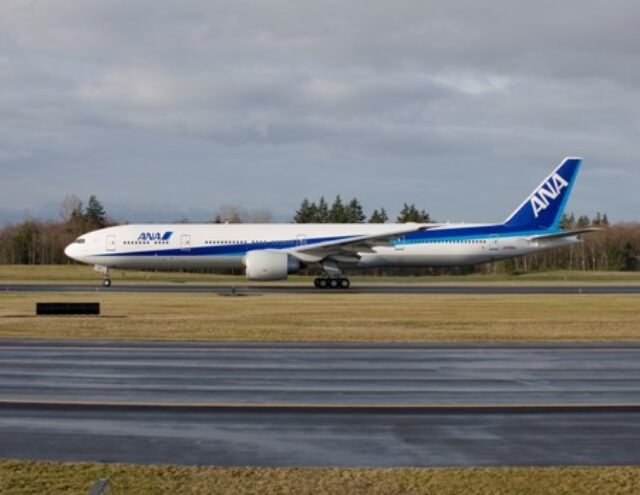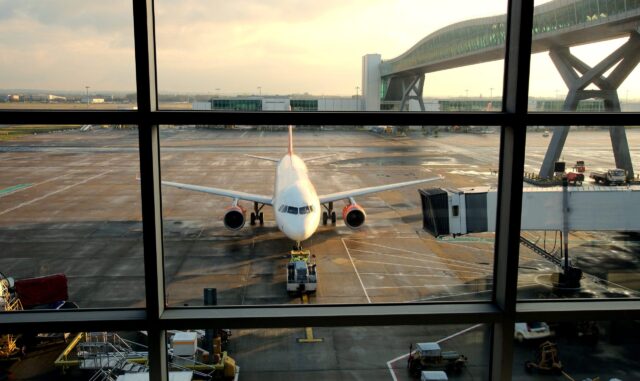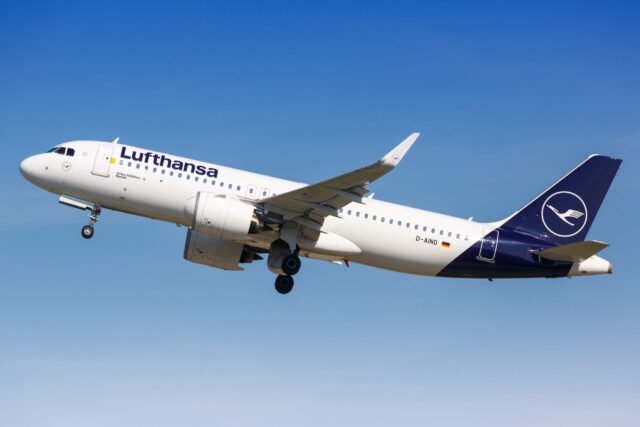Pratt & Whitney speeds up GTF repair time

April 9, 2025

Pratt & Whitney has announced the development of a new additive manufacturing repair technique for its geared turbofan (GTF) engine components, slashing repair process time by more than 60% and promising to recover $100 million worth of parts over the next five years.
The aerospace giant is now working to industrialise the process, which will be deployed across its global GTF Maintenance, Repair and Overhaul (MRO) network.
The innovation forms part of a wider strategy to strengthen efficiency and sustainability within Pratt & Whitney’s aftermarket services.
“A more agile, additive repair process allows us to better serve our customers by improving turnaround time, while reducing tooling costs, complexity and set up,” said Kevin Kirkpatrick, vice president of Aftermarket Operations at Pratt & Whitney.
“At the same time, it reduces our dependency on current material supply constraints. Additive technology has the potential to support a range of critical GTF part repairs and we’re actively working to explore additional opportunities for implementation.”
The new repair method, developed at Pratt & Whitney’s North American Technology Accelerator in Jupiter, Florida, utilises a 3D printing process known as Directed Energy Deposition.
This approach enables structural case features of GTF engines to be repaired more efficiently by removing multiple steps from the traditional repair process, most notably machine changeovers and heat treat cycles.
The technology was created in collaboration with the Connecticut Center for Advanced Technology and the RTX Research Center. Future uses will include restoration of parts worn through regular engine use.
















